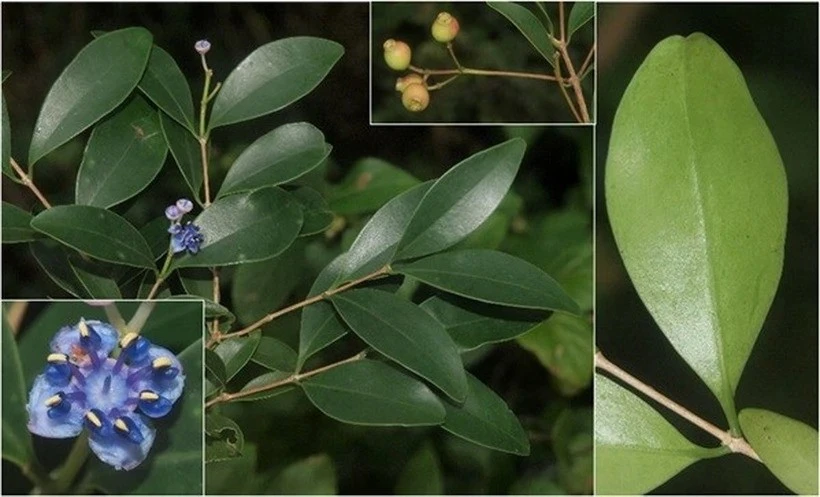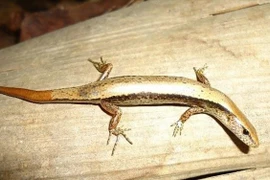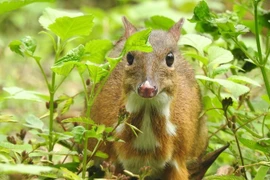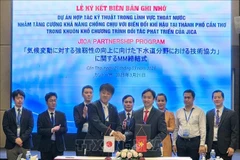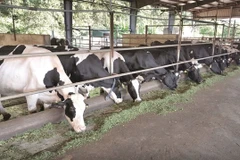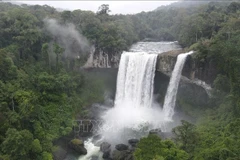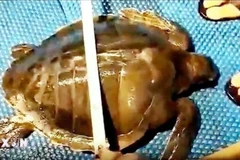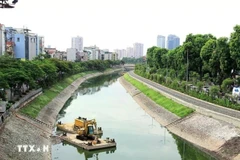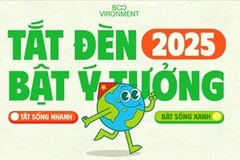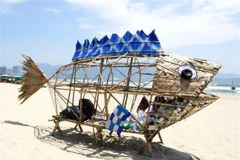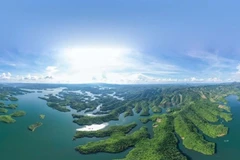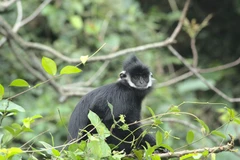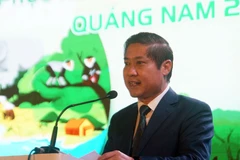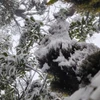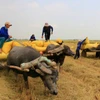Hanoi (VNA) – Scientists from the Institute of Tropical Biology (ITB) under the Vietnam Academy of Science and Technology have discovered three new plant species in the Nui Chua National Park in the central coastal province of Ninh Thuan.
The newly discovered species are shrub-like smaller trees with floriferous branchlets called Sam cuong dai (Memecylon longipedunculatum), Diep ha chau Nui Chua (Nymphanthus adenophorus) and Long muc Nui Chua (Wrightia nuichuaensis). Their discovery was officially published in Phytotaxa, a leading international journal on plant taxonomy and biodiversity, on January 19, 2025.
This breakthrough is part of a collaborative research initiative between the ITB, the Kagoshima University Museum of the Kagoshima University (Japan), and the Faculty of Forestry at the National University of Laos.
Associate Professor Dr. Ngo Xuan Quang, Vice Chairman of the ITB's Scientific Council, emphasised that the discovery of these species not only enriches Vietnam’s biodiversity but also holds critical importance for ecosystem conservation and the preservation of rare plant genetic resources. Additionally, this finding highlights the vast potential for uncovering and documenting previously unrecorded plant species in the region and surrounding areas.
All three species have a highly limited distribution, primarily within the Nui Chua National Park, one of Vietnam’s key ecological regions. Notably, Memecylon longipedunculatum has also been found on Hon Tre island in Khanh Hoa province, an area known for its distinctive coastal ecosystem. This species typically thrives at altitudes below 200 metres in sparse coastal forests, growing on sandy or nutrient-poor laterite soils while enduring harsh dry conditions and marine environmental influences.
Meanwhile, Nymphanthus adenophorus and Wrightia nuichuaensis have so far only been recorded in the Nui Chua National Park. The former is found in coastal shrub lands at an altitude of 25 metres, with an estimated population of just 50 individuals while the latter grows in evergreen broad leaf forests on granite-based soils, with fewer than 20 mature individuals recorded.
Due to their extremely small populations, both species have been proposed for inclusion in the International Union for Conservation of Nature (IUCN) Red List (2024) as species requiring urgent conservation efforts.
To date, the Nui Chua National Park has recorded 1,514 plant species from 596 genera across 147 vascular plant families. Among them, 54 species are classified as threatened on the IUCN Red List. Since 2000, both domestic and international botanists have described numerous newly identified species in this biodiversity-rich region./.
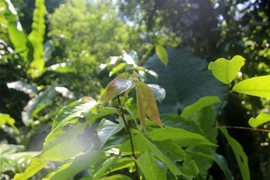
Pu Luong Nature Reserve develops three rare plant species
The management board of the Pu Luong Nature Reserve in Bac Thuoc district, the north-central province Thanh Hoa, has launched a project to preserve three precious and rare plant species – Trai ly (Garcinia fagraeoides A. Chev.), Dinh tung (Cephalotaxus mannii Hook. f.), and Tra hoa trai mong (Camellia pleurocarpa) in the area.
